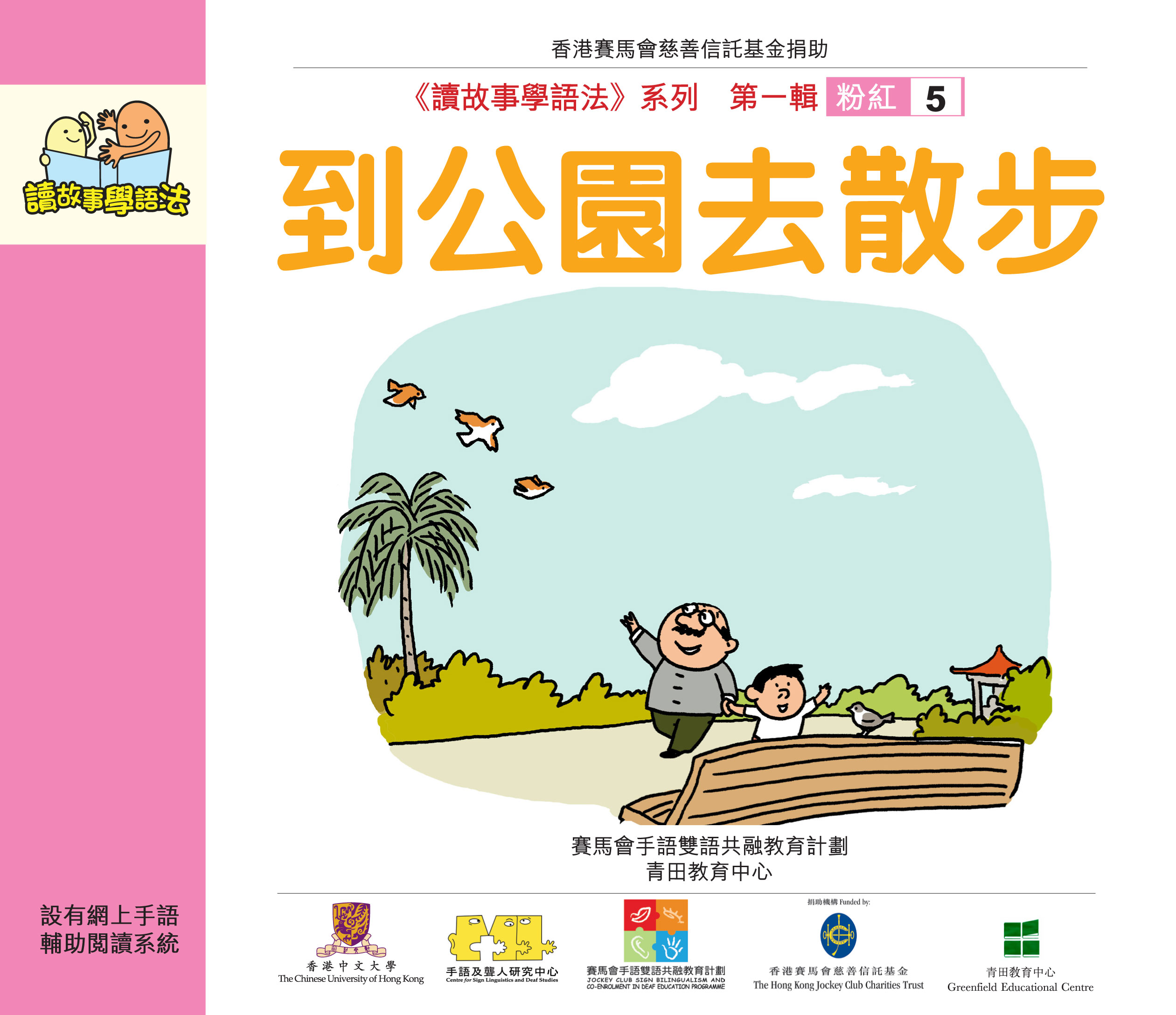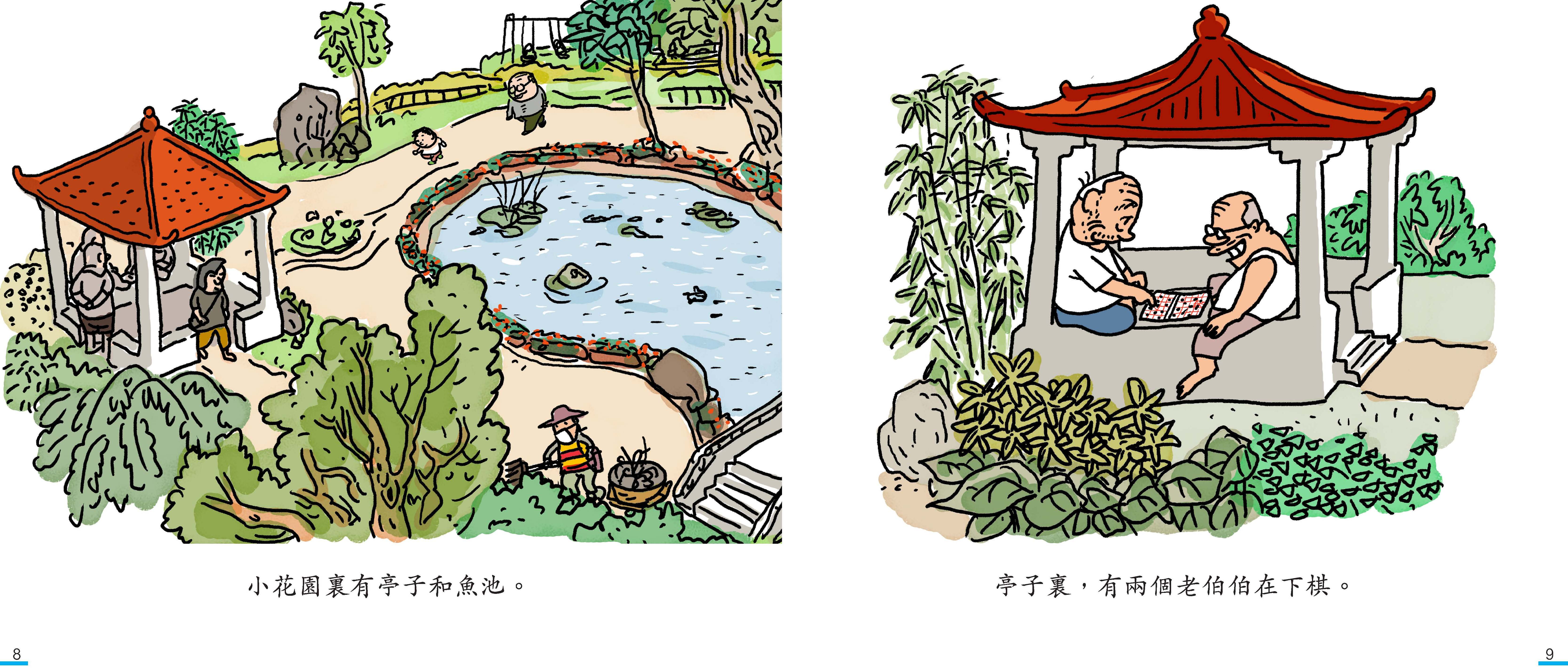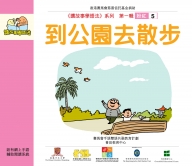CUHK
News Centre
CUHK Jockey Club Sign Bilingualism and Co-Enrolment in Deaf Education Programme Launches Chinese Readers Graded Series with First-of-its-kind Online Hong Kong Sign Language Support
Cantonese and standard written Chinese are linguistically different in many aspects. Children in Hong Kong with Cantonese as their mother tongue encounter difficulties when they begin to learn the vocabulary and grammar of written Chinese. It is even more difficult for deaf or hard-of-hearing children because they fail initially to acquire a full system of knowledge of Cantonese at an early age. They need to ‘take in’ linguistic and world knowledge visually through reading. In view of this, budding writers of the Centre for Sign Linguistics and Deaf Studies at The Chinese University of Hong Kong (CUHK), some of whom being deaf or hard-of-hearing, developed the Chinese Readers Graded Series to support deaf and hearing children in learning the words and grammar of written Chinese, as well as the world around them. This innovative venture of publishing reading materials to support the literacy development of children is jointly launched with Greenfield Educational Centre.
The Chinese Readers contain 50 story books, each focuses on a particular Chinese grammatical structure. They are divided into 5 series according to their topics and are marked with a different colour: pink (series 1), red (series 2), orange (series 3), yellow (series 4) and green (series 5). While enjoying the stories, children can acquire knowledge of written Chinese subconsciously through reading the vocabularies and sentence structures. Engaging them in reading for meaning is also one of the most effective ways to boost children’s reading skills.
To encourage parents’ involvement in the children’s learning process, there is a ‘Chinese Grammar’ section for parents in each book that highlights the sentence structure involved. There is also a ‘Guide for Parents’ section with questions about the story so as to encourage discussion between parents and children on the story content and application of the knowledge to children’s daily experiences and real world situations. To enhance the reading process, the Chinese Readers have free online Hong Kong Sign Language support and a downloadable worksheet. The online sign language clips, first of its kind in Hong Kong, aim to support deaf children’s comprehension of the vocabularies in the stories. Hearing children can also learn Hong Kong Sign Language by associating the signs with the Chinese vocabularies. The clips and the explanations may enable a deeper understanding of the vocabularies and enrich children’s imagination. Besides, the worksheets offer a number of interesting activities that further consolidate children’s knowledge of written Chinese.
The Programme is indebted to the 10 artists who voluntarily prepared all necessary illustrations for the stories, and Ms Kong Li Chi-Ho of Greenfield Education Centre, who gave very useful comments on the story content.
The Chinese Readers will be available at Greenfield Educational Centre’s booth (Hall 3C-C22) at the Hong Kong Book Fair starting tomorrow (21 July) till 27 July. Deaf or hard-of-hearing children who are currently studying in kindergartens or primary schools in Hong Kong can enjoy purchase discount. Families under the Comprehensive Social Security Assistance (CSSA) Scheme that are currently raising a deaf or hard-of-hearing child (kindergarten or primary school) in Hong Kong can get one set of free copies of the Chinese Readers. For details, please contact the CUHK Centre for Sign Linguistics and Deaf Studies (Tel: 3163 4178/2696 1134; Fax: 3163 4179; Website: http://www.cuhk.edu.hk/cslds/jcslco/).
The Centre for Sign Linguistics and Deaf Studies of CUHK launched the ‘Jockey Club Sign Bilingualism and Co-Enrolment in Deaf Education Programme’ in 2006 with a generous donation from The Hong Kong Jockey Club Charities Trust. The Programme aims to develop a mode of education that potentially benefits both deaf and hearing students linguistically and academically. It also develops teaching and learning resources for different purposes to benefit both groups of students.





